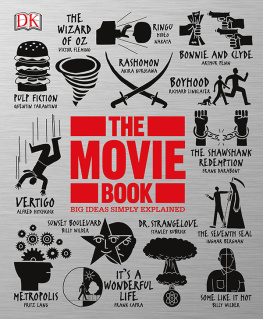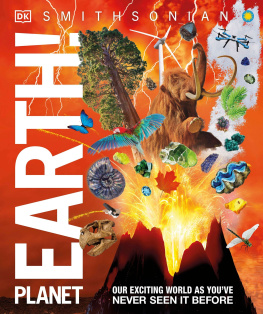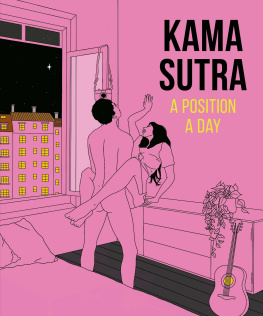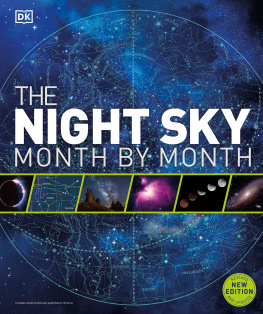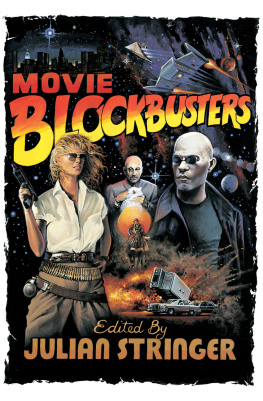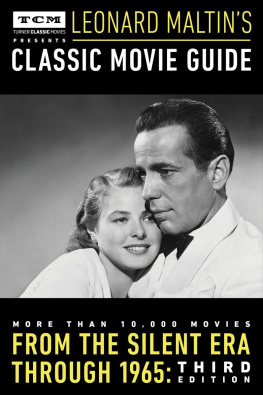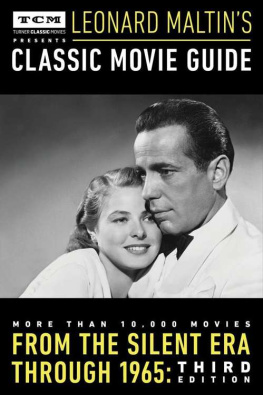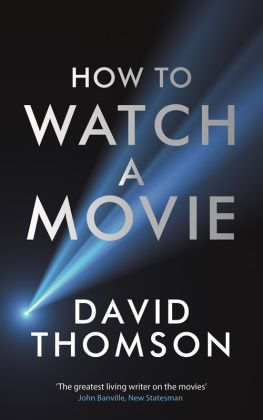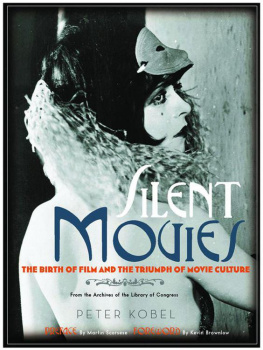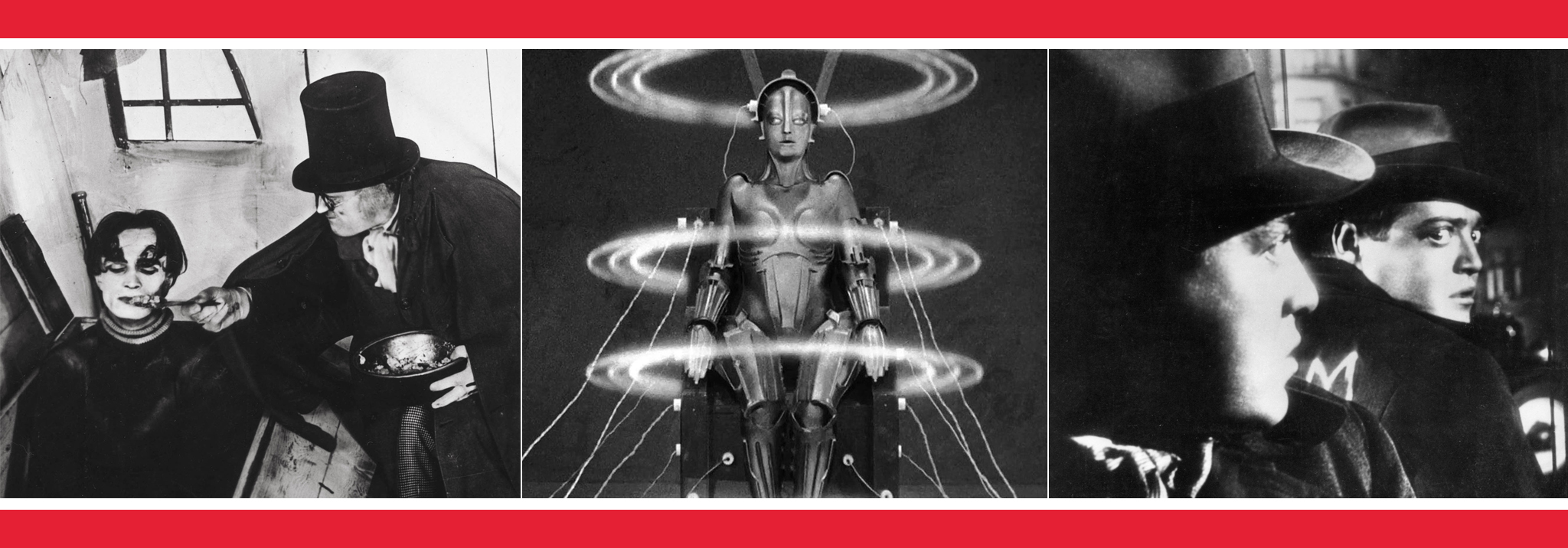DK London
Senior Editors Sam Atkinson, Georgina Palffy
Project Art Editor Saffron Stocker
Editors Stuart Neilson, Helen Ridge
US Editors Margaret Parrish, Jane Perlmutter
Designer Phil Gamble
Managing Editor Gareth Jones
Senior Managing Art Editor Lee Griffiths
Publisher Liz Wheeler
Deputy Art Director Karen Self
Publishing Director Jonathan Metcalf
Art Director Phil Ormerod
Senior Jacket Designer Mark Cavanagh
Jacket Coordinator Claire Gell
Jacket Design Development Manager Sophia MTT
Pre-Production Producer Dragana Puvacic
Senior Producer Mandy Inness
produced for DK by TALL TREE LTD
Editors Rob Colson, Camilla Hallinan, David John,Kieran Macdonald
Design Ben Ruocco, Ed Simkins
DK Delhi
Project Editor Antara Moitra
Senior Art Editor Chhaya Sajwan
Assistant Editor Tejaswita Payal
Art Editors Tanvi Nathyal, Roohi Rais
Assistant Art Editors Meenal Goel, PriyanshaTuli
Managing Editor Pakshalika Jayaprakesh
Managing Art Editor Arunesh Talapatra
Pre-Production Manager Balwant Singh
DTP Designer Sachin Gupta
Jacket Designer Dhirendra Singh
Senior DTP Designer Harish Aggarwal
Managing Jackets Editor Saloni Singh
original styling by STUDIO 8
DK Digital Publishing Team
Senior Digital Producer Miguel Cunha
Head of Digital Media, Delhi Manjari Hooda
Senior Editorial Manager Lakshmi Rao
Editor Suruchi Kakkar
Senior Software Engineer Astha Rawal
Digital Design Manager Nain Rawat
Operations Assistant Tauhid Nasir
First American Edition, 2016 Published in the United States by DK Publishing 345Hudson Street New York, New York 10014
Copyright 2016 Dorling Kindersley Limited, DK
a Division of Penguin Random House LLC
All rights reserved. Without limiting the rights under copyright reserved above,no part of this publication may be reproduced, stored in or introduced into aretrieval system, or transmitted in any form or by any means (electronic,mechanical, photocopying, recording, or otherwise) without the prior writtenpermission of both the copyright owner and the above publisher of this book
Published in Great Britain by Dorling Kindersley Limited.
A catalog record for this book is available from the Library of Congress.
ISBN: 9781465437990
This digital edition published 2016 - ISBN: 9781465450623
DK books are available at special discounts when purchased in bulk for salespromotions, premiums, fund-raising, or educational use. For details, contact: DKPublishing Special Markets, 345 Hudson Street, New York, New York, 10014 orSpecialSales@dk.com.
A WORLD OF IDEAS:
SEE ALL THERE IS TO KNOW
www.dk.com
INTRODUCTION
This guide describes,discusses, and pays tribute to some of the movies that best capture the wonder ofcinema. The movies gathered here are those that the authors feel, in the imprecise wayof these things, to have had the most seismic impact on both cinema and theworld.
The journey starts in 1902, when Parisian showman Georges Mlisunveiled the latest in the series of short silent movies with which he had beenentertaining his countrymen. It was a romp through space called A Trip to the Moon (Le voyage dans lalune), and it was a huge and instant successnot just in Francebut across the world. (Sadly for Mlis, much of that success was due tothe movie being incessantly pirated by rivals.) Its popularity did more than any othermovie of the time to secure the movie as the premier art form of the age. None before ithad been as spectacular; none had such an intricate storyline.
"No matter where the cinema goes, we cannot afford to lose sight of itsbeginnings."
Martin Scorsese
Trains, panic, and hype
By the time Mlis was making his lunar adventure, cinema hadalready been established as a slightly disreputable pastime, to be enjoyed attheaters and fairgrounds. To find its true beginnings, it is necessary to stepback furtherto Paris again, but this time with two showmen in thespotlight. The pair, brothers Auguste and Louis Lumire, had their momentin 1896. That was when, after holding large-scale screenings of their movies theyear before, they first showed the French public Larrive dun train en gare de LaCiotatalso known as The Arrival of aTrain. It was a mere 50 seconds of footage in which, as the titlesuggests, a steam train entered La Ciotat station, shot from the adjacentplatform. The sight sent all those watching fleeing in panic, convincedthey were about to be mowed down by the speeding locomotiveor at leastthats the story that circulated after the event. The exact truth hasbeen lost to time, but either the Lumires had quickly mastered the newart forms ability to make the screen feel like life, or they had astunning knack for promotional hype. Perhaps it doesnt matter eitherwayboth those skills have a central place in the story of cinema.
But it may be necessary to step back further still. After all, before theLumire brothers sent their audience bolting in terror, plenty of othershad pioneered movies. There should be a tip of the hat to US inventor ThomasEdison, who had screened movies of boxing cats and men sneezing to individualcustomers a couple of years before the Lumires, and to Englishphotographer Eadweard Muybridge, whose 1880s studies of humans and animals inmotion were a vital preface to the moving picture.
I dont know yet what Im going totell them. Itll be pretty closeto the truth.
Philip Marlowe / The Big Sleep
Telling stories
In fact, the story of movie arguably stretches back to prehistoric times, tohuman ancestors hunched around a fire as one among them used the light to castshadows on the wall and illustrate tales of fearsome beasts or unlikely heroism.When the audience settle into their seats for an insanely expensive,effects-fueled blockbuster on a towering IMAX screen, theyre back aroundthat fire. Movie in the 21st century is still a telling of stories with wordsand images, bringing those images to believable life.
This guide is an attempt to build a narrative ofmovie history out of the movies themselves, taking a tour of a hundred or somovies from Mlis on through the next century and beyond. Eachentry discusses where a movie came from, maps its inspiration and how it wasmade, documents the men and women whose talent shaped it, and details theripples of influence it sent out.
It is a story that crosses time. In the silent age, the first men and womenexplored the possibilities of moving pictures. From there, the story slips intothe 1930s and 1940s, the gilded years when cinemas stood on every main streetand movies were beloved slabs of mass appeal; the age of movie stars such asHumphrey Bogart, Katharine Hepburn, and James Stewart. In the 1950s, filmmakersfrom Europe, India, and Japan created a string of masterpieces that stillreceive acclaim to this day; this was the time of Henri-Georges Clouzot, AkiraKurosawa, Yasujir Ozu, Nicholas Ray, and Satyajit Ray. A new generationtook hold in the 1960s and 1970s, and broke the established molds. And then thestory of cinema arrives in the present, where movies are made with technologythat would have been the stuff of science fiction even 10 years ago, wholeworlds spun into being at the push of a button.

